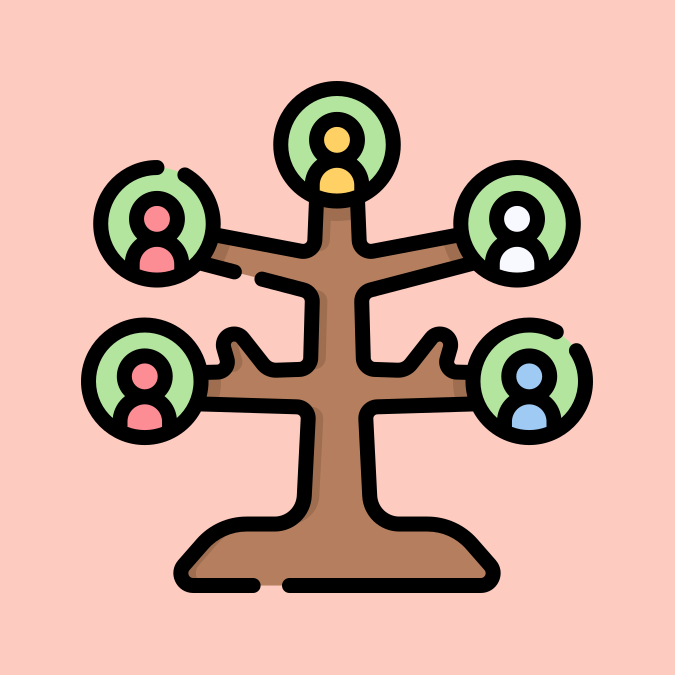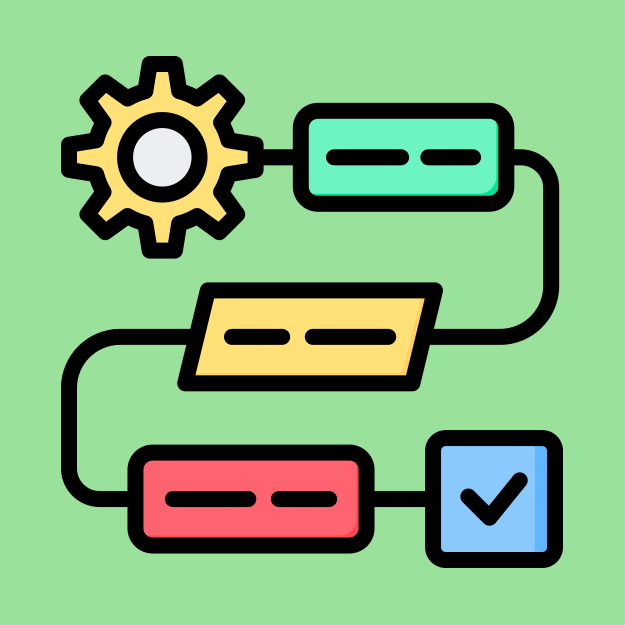Design Patterns

A design pattern is a general reusable solution to a commonly occurring problem in software design. It represents an established best practice that has been proven effective over time. Design patterns provide a way to communicate and share solutions among software developers and architects.
Design patterns capture the essence of expert knowledge and experience in software design, offering proven approaches to address specific design challenges. They provide a common language and vocabulary for discussing and understanding software architecture and design principles.
Design patterns are not specific implementations or code snippets but rather high-level guidelines and templates for solving design problems. They help in structuring code, organizing relationships between classes and objects, promoting code reuse, and enhancing the overall flexibility and maintainability of software systems.
By applying design patterns, software developers can benefit from the collective wisdom of the software development community and avoid reinventing solutions to common problems. Design patterns provide a foundation for building robust, scalable, and maintainable software systems.
Classification of Design Pattern(s)
Design pattern(s) can be classified into three main categories based on their purpose and scope:
- Creational Patterns: Creational patterns focus on object creation mechanisms, providing ways to create objects in a flexible and controlled manner. They abstract the instantiation process, making the system more decoupled from the specific classes it uses.
- Structural Patterns: Structural patterns deal with the composition and structure of classes and objects. They focus on how classes and objects are organized to form larger structures and provide ways to simplify relationships between them.

Pattern

Pattern

Pattern

Pattern

Pattern

Pattern

Pattern
- Behavioral Patterns: Behavioral patterns are concerned with communication and interaction between objects. They address the patterns of interaction between objects, providing solutions for the flow of control and coordination between different objects.

Responsibility

Pattern

Pattern

Pattern

Pattern

Pattern

Pattern

Pattern

Method

Pattern

Pattern
These categories help in organizing and understanding the different design pattern(s) based on their purpose and the problems they solve. It is important to note that these categories are not strict divisions, and patterns can overlap or belong to multiple categories depending on their characteristics. The categorization helps developers in identifying and selecting the appropriate design pattern for a given design problem.
Why should I learn Design Patterns?
Learning design patterns is highly beneficial for several reasons:
1. Reusability:
Design patterns provide reusable solutions to common design problems. By learning and applying design patterns, you can leverage established best practices and avoid reinventing the wheel. This saves time and effort by utilizing proven solutions that have been widely adopted and tested by the software development community.
2. Scalability and Maintainability:
Design patterns help in creating scalable and maintainable software systems. They promote modular and loosely coupled architectures, making it easier to modify, extend, and maintain code. Design patterns enable you to manage complexity and ensure that your codebase remains flexible and adaptable to future changes.
3. Communication and Collaboration:
Design pattern(s) provide a common language and vocabulary for communicating design ideas and solutions among software developers and architects. By learning design patterns, you can effectively communicate your design decisions and collaborate with other team members. It facilitates better understanding, reduces ambiguity, and promotes more efficient teamwork.
4. Industry Standards:
Design pattern(s) have become industry standards and are widely used in software development. Many organizations expect developers to be familiar with design pattern(s), and knowledge of patterns can be advantageous when working on projects or participating in job interviews. Employers often value candidates who understand design patterns as it demonstrates a deeper understanding of software design principles and best practices.
5. Code Quality and Maintainability:
Applying design patterns promotes code quality by enforcing proven design principles. Design pattern(s) help in writing clean, modular, and reusable code. They encourage separation of concerns, encapsulation, and abstraction, leading to code that is easier to understand, test, and maintain.
6. Problem Solving Skills:
Learning design pattern(s) enhances your problem-solving skills. By studying different patterns, you gain insights into common design problems and their solutions. This improves your ability to analyze and break down complex problems into manageable components, enabling you to design more effective and elegant solutions.
7. Professional Growth:
Proficiency in design pattern(s) demonstrates your expertise and commitment to professional growth as a software developer or architect. It showcases your ability to think critically about software design and to apply established best practices. It can open up new career opportunities and set you apart as a skilled and knowledgeable professional.
Conclusion
Learning design pattern(s) equips you with reusable and proven solutions, enhances code quality and maintainability, improves communication and collaboration, and contributes to your professional growth as a software developer or architect. It is a valuable skill set that can significantly enhance your ability to design and develop high-quality software systems.





